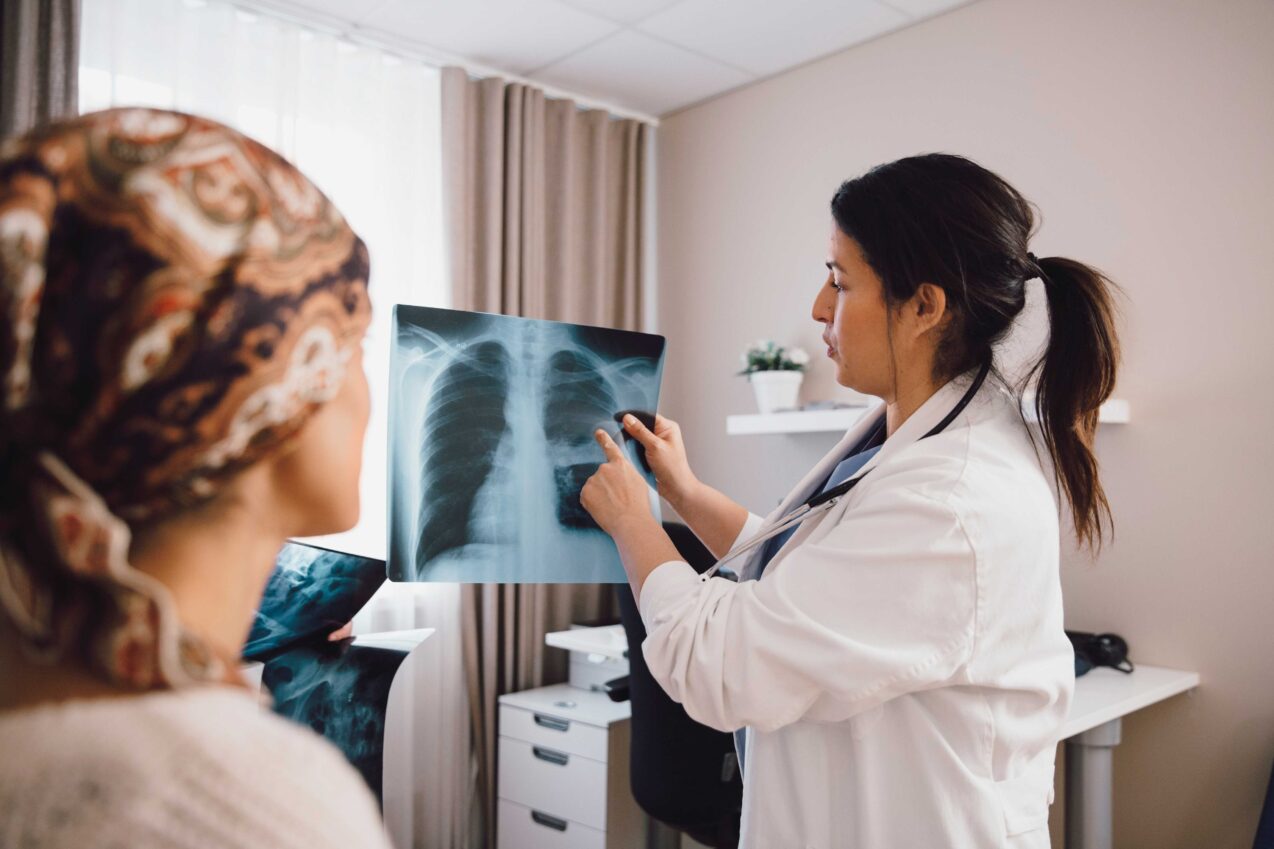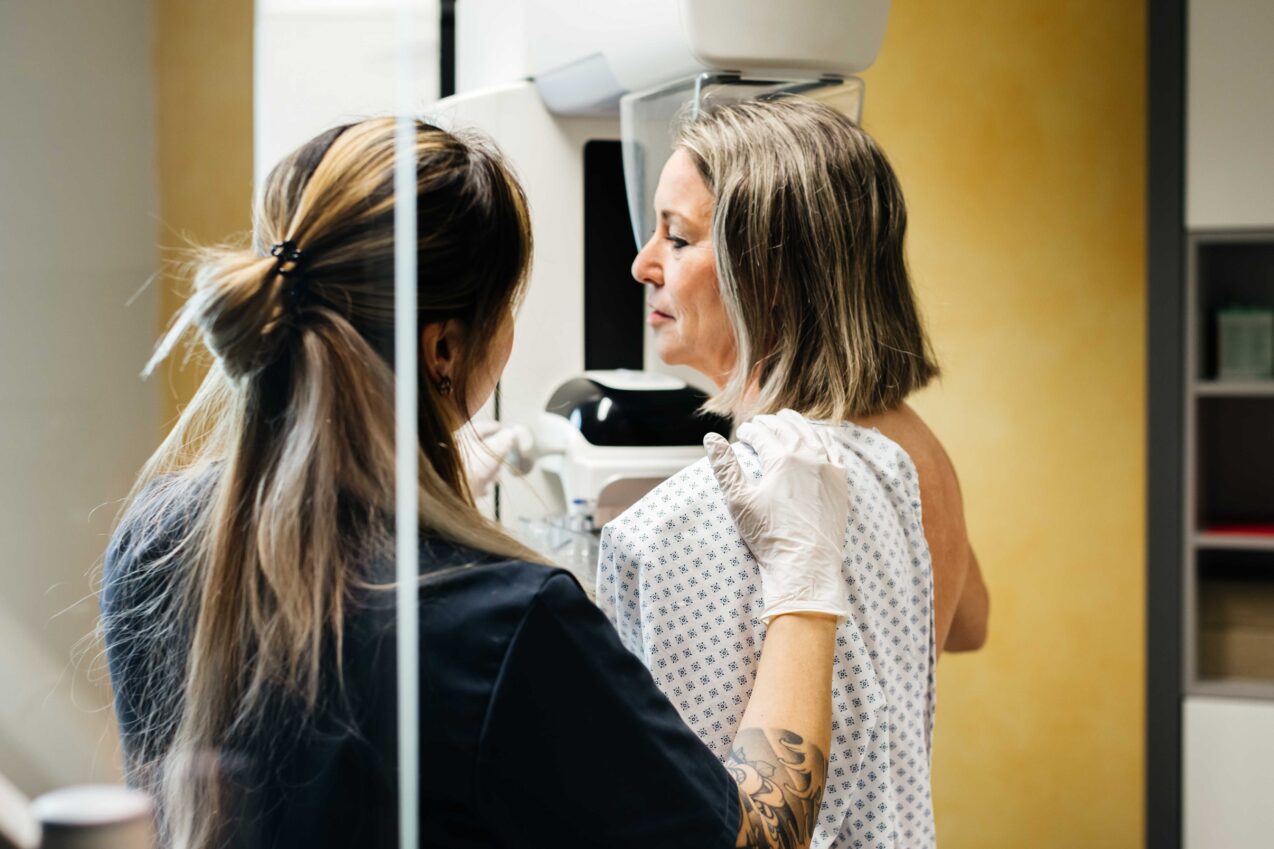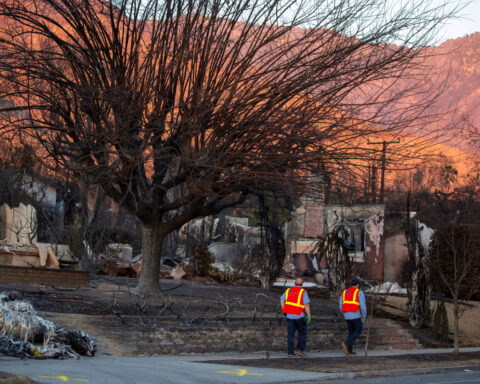Cases of late-stage breast cancer rose sharply among women under 40 over a recent 17-year period, according to research that points to a growing cancer risk for younger adults.
The American College of Radiology study found that metastatic breast cancer cases increased by 3% from 2004 to 2021 in women aged 20 to 39, compared to a 1.4% rise in women in their 70s.
The research team analyzed breast cancer diagnoses from 2004 to 2021, focusing on patients with aggressive breast cancer that had spread beyond the breast to other parts of the body at the time of diagnosis.
"It's important to understand that these women presented with distant (metastatic or Stage 4) breast cancer at the time of diagnosis. Women with this diagnosis have a much lower survival rate and are much harder to treat," said Dr. Debra Monticciolo, co-author of the study and former president of the American College of Radiology.
The study revealed that middle-aged women also faced rising rates of metastatic breast cancer. Cases in patients aged 40 to 74 increased by 2% per year from 2004 to 2012, followed by a 2.7% annual increase from 2018 to 2021.
According to the researchers, survival rates for breast cancer detected before spreading range between 86% and 89%. However, when cancer is discovered after metastasis, survival rates drop to 31%.
Women diagnosed with breast cancer before age 40 face a 39% higher mortality risk compared to those diagnosed after 40. Younger patients often develop more aggressive forms of breast cancer, including triple-negative breast cancer and HER2-Positive breast cancer.
Genetic factors play a role in early-onset cases. The study noted that mutations in BRCA1 or BRCA2 genes, which can increase cancer risk by up to 84%, appear more frequently in young women. While 6% of all breast cancer patients carry these mutations, the rate doubles to 12% in patients under 45.

The findings align with broader trends in cancer rates among young adults. A 2023 JAMA Network Open study reported that cancer diagnosis rates in people in their 30s increased almost 20% between 2010 and 2019, with women accounting for most of the increase.
Dr. Cindy Cen, a breast surgeon at the Northwell Health Cancer Institute at Lake Success who was not involved in the research, told The New York Post that multiple factors likely contribute to the rise in younger diagnoses, including poor lifestyle choices.
"Diet, exercise, maintaining a healthy weight, alcohol intake all factor into breast cancer risk," Cen said.
Current federal guidelines recommend annual mammograms starting at age 40 for women at average risk, defined as those without a family history of breast cancer. However, the researchers suggest these guidelines may not adequately address risk factors for younger women who may not recognize their vulnerability to breast cancer.
Breast cancer ranks as the most common cancer among women in the United States after skin cancer, with one in eight women receiving a diagnosis during their lifetime. The American College of Radiology researchers described their findings as "alarming" and noted that pandemic-related disruptions in cancer screening may mean their data only partially captures the full scope of the problem.
The researchers project more than 310,000 new cases of invasive breast cancer will be diagnosed in U.S. women this year, along with 2,790 cases in men. They estimate about 42,250 women and 530 men will die from breast cancer this year.
The study authors noted that many of these metastatic cases were discovered at the initial diagnosis, highlighting the need for earlier detection. While the exact causes behind the increasing rates in younger women remain unclear, the findings underscore the importance of awareness and monitoring breast health across age groups.
Breast cancer that spreads beyond its original location poses greater treatment challenges and results in poorer outcomes, making the rising rates of metastatic disease particularly concerning for healthcare providers. The study data suggests this trend affects women across multiple age groups, though younger patients face additional challenges due to more aggressive cancer types and genetic risk factors.

 Trump has begun another trade war. Here's a timeline of how we got here
Trump has begun another trade war. Here's a timeline of how we got here
 Canada's leader laments lost friendship with US in town that sheltered stranded Americans after 9/11
Canada's leader laments lost friendship with US in town that sheltered stranded Americans after 9/11
 Chinese EV giant BYD's fourth-quarter profit leaps 73%
Chinese EV giant BYD's fourth-quarter profit leaps 73%
 You're an American in another land? Prepare to talk about the why and how of Trump 2.0
You're an American in another land? Prepare to talk about the why and how of Trump 2.0
 Chalk talk: Star power, top teams and No. 5 seeds headline the women's March Madness Sweet 16
Chalk talk: Star power, top teams and No. 5 seeds headline the women's March Madness Sweet 16
 Purdue returns to Sweet 16 with 76-62 win over McNeese in March Madness
Purdue returns to Sweet 16 with 76-62 win over McNeese in March Madness








